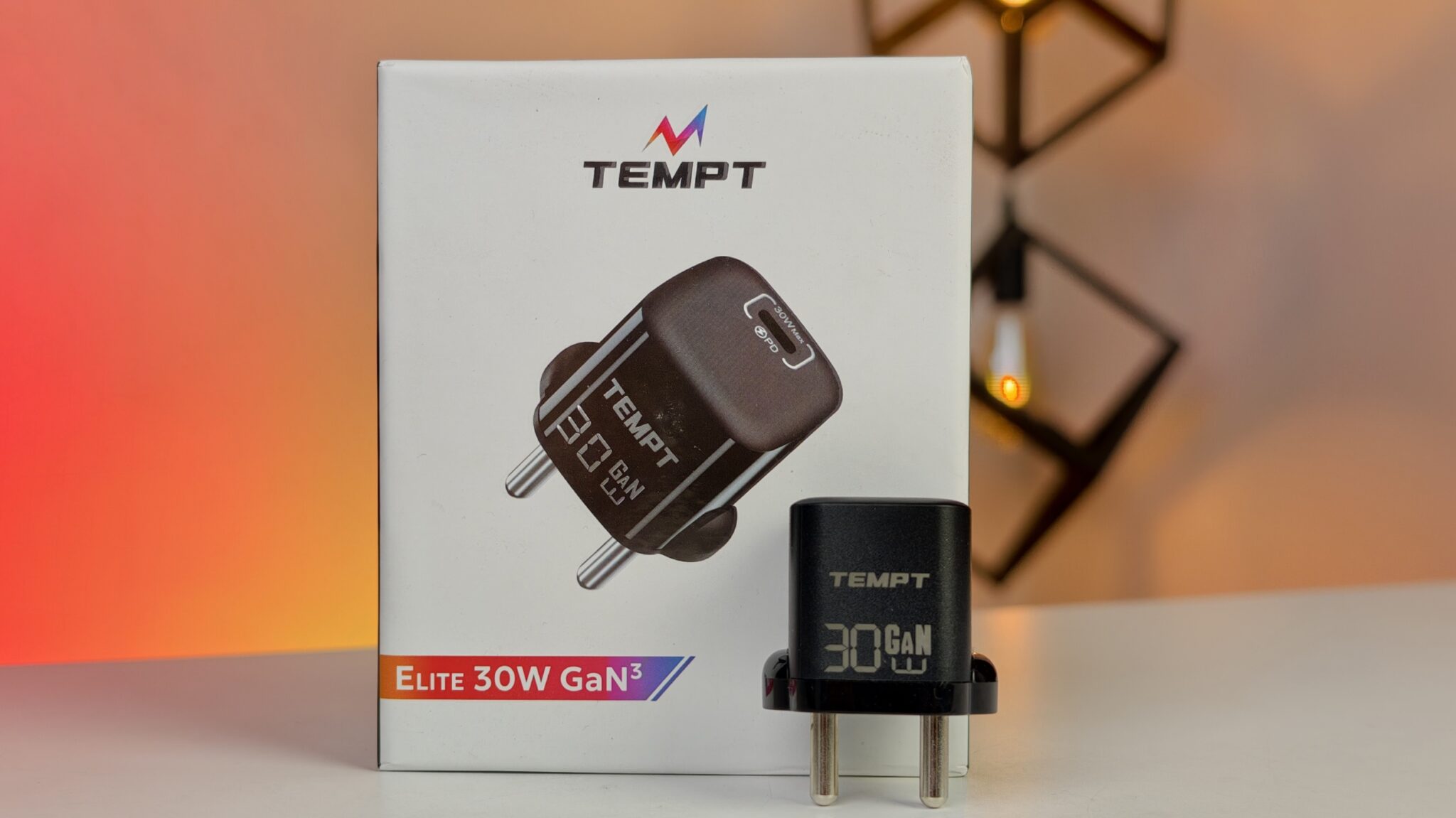In a move that has sent ripples across the Indian automotive sector, French auto giant Renault Group has announced its acquisition of the 51% stake held by its long-time partner Nissan in their Indian joint venture, Renault Nissan Automotive India Private Ltd (RNAIPL). This landmark decision, confirmed by both companies on Monday, marks a significant shift in the dynamics of the Renault-Nissan-Mitsubishi Alliance in one of the world’s most crucial automotive markets. But while Renault celebrates greater control, a crucial question hangs in the air: What does this acquisition truly mean for Nissan’s future in India and for the cars you might be considering buying?
For years, the Renault-Nissan partnership in India has been a cornerstone of their global alliance strategy. The joint venture operated a significant manufacturing facility in Oragadam, near Chennai, producing popular models for both brands, including the Renault Kiger and Triber, and the Nissan Magnite. This facility, boasting an annual production capacity of 400,000 vehicles, has been instrumental in catering to the price-sensitive Indian consumer base and also served as a crucial export hub.
The decision by Renault to take full ownership of RNAIPL comes as part of its broader 2027 International Game Plan, aiming to streamline operations and accelerate growth. Luca de Meo, CEO of Renault Group, emphasized the strategic importance of India and stated the company’s intention to establish an “efficient industrial footprint and ecosystem” in the country. He framed the agreement as “beneficial for both parties” and a testament to the “agile and efficient mindset of the new Alliance.”
However, the narrative from Nissan’s perspective carries a different undertone. While Ivan Espinosa, President and CEO of Nissan, reaffirmed the company’s commitment to the Indian market, the relinquishing of a majority stake in the manufacturing arm signifies a notable shift in its operational control. Espinosa stated that Nissan’s goal is to create a “more agile and effective business model” to respond quickly to market changes and conserve cash for future investments.
The short answer is likely no, but the road ahead appears significantly altered. According to the new framework agreement, Nissan will continue to operate in India, but essentially as a subsidiary under Renault’s operational command when it comes to manufacturing. Nissan will still use the RNAIPL facility to produce its vehicles, including the popular Magnite and upcoming models. This arrangement is akin to a contract manufacturing model, where Renault will now have the final say on production schedules and resource allocation within the plant.
This shift offers Nissan certain advantages. By converting fixed manufacturing costs into variable costs (paying per vehicle produced), Nissan gains greater financial flexibility. Frank Torres, Divisional Vice President of AMIEO Region Business Transformation & President of Nissan India Operations, highlighted this aspect, stating it allows Nissan to “free up cash for future investments.”
However, this also presents potential challenges. Nissan will no longer have direct control over production capacity, operational decisions, and workforce management at the Chennai plant. While Torres assured that Nissan has secured production capacity for its planned models until 2032, any future expansion or significant changes in production strategy will now require mutual agreement with Renault. In essence, RNAIPL has transitioned from a joint venture where Nissan held majority ownership to becoming a key supplier for Nissan in India.
What about the cars? Will this impact Nissan’s future product lineup in India?
Nissan has ambitious plans for the Indian market, despite this ownership change. The company has previously announced its intention to launch six new models, backed by a substantial investment of €700 million. These include two C-segment SUVs, a B-segment SUV, an electric vehicle, and new variants of the Magnite. The upcoming C-segment SUV, slated for launch in early 2026, is particularly anticipated as it will leverage the platform of the next-generation Renault Duster. Similarly, a new B-segment 7-seater MPV, based on the Renault Triber’s platform, is also in the pipeline.
The good news for potential Nissan buyers is that these plans remain intact. The RNAIPL facility will continue to manufacture these Nissan models. However, with Renault now holding complete control over the manufacturing process, there might be a dependency on Renault’s priorities and production capabilities. For instance, if Renault’s own models experience high demand, it could potentially impact the production timelines or volumes allocated to Nissan vehicles.
A Glimmer of Hope: The Technology Hub Remains Joint
Interestingly, the Renault Nissan Technology & Business Center India (RNTBCI) in Chennai will continue to operate as a joint venture, with Renault holding a 51% stake and Nissan retaining 49%. This center plays a crucial role in research and development, digital services, and the development of India-focused and global models. Nissan’s continued significant stake in RNTBCI suggests that the company will still have a strong say in the design and engineering aspects of its future vehicles in India. This ensures that Nissan can continue to tailor its products to meet the specific needs and preferences of Indian consumers.
Furthermore, in a reciprocal move, Renault’s electric vehicle unit, Ampere, will develop and produce a new A-segment vehicle based on the iconic Twingo for Nissan, starting in 2026. This indicates an ongoing collaboration and reliance between the two companies, even with the shift in the manufacturing joint venture’s ownership. The design of this new Nissan model will be handled by Nissan itself, showcasing their continued involvement in product strategy.
Emotional Rollercoaster for Nissan Fans?
For loyal Nissan customers and enthusiasts in India, this news might evoke a mix of emotions. The brand has faced challenges in gaining significant market share in recent years, despite the success of the Magnite. The relinquishing of control over the manufacturing plant might be perceived as a further setback. However, Nissan’s commitment to launching new models and its continued presence in R&D offer a glimmer of hope.
The key for Nissan will be to ensure that its voice is heard within the Renault-controlled manufacturing ecosystem. Maintaining quality, competitive pricing, and a strong after-sales service network will be crucial to rebuild consumer trust and gain traction in the fiercely competitive Indian market. The success of its upcoming SUV and MPV models will be a major determinant of Nissan’s long-term viability in India.
What does this mean for you, the potential car buyer?
For consumers considering a Nissan vehicle, the immediate impact might be minimal. Existing models like the Magnite will continue to be produced, and the planned new models are still on track for launch. However, it’s worth keeping an eye on how this ownership change affects production timelines, model availability, and potentially even pricing in the future.
The increased synergy under Renault’s full control of manufacturing could lead to greater efficiencies and potentially cost benefits, which might eventually translate to more competitive pricing. On the other hand, any potential conflicts in production priorities between Renault and Nissan could lead to delays or limited availability of certain Nissan models.
The Indian automotive market is dynamic and unforgiving. Nissan’s journey ahead will be closely watched by industry experts and consumers alike. Whether this strategic shift will pave the way for a stronger, more focused Nissan in India or lead to a gradual fading of the brand remains to be seen. One thing is certain: the landscape of the Indian automotive sector has just witnessed a significant shake-up, and the implications will unfold in the years to come, potentially influencing your choices when you next decide to purchase a car.



















